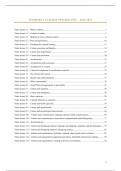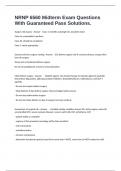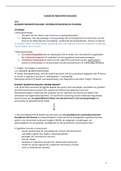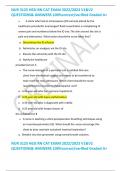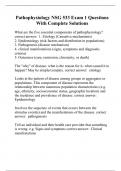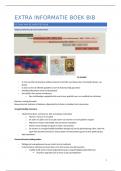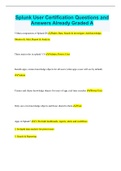Samenvatting
Summary of all video lectures cultural psychology 2024/2025
- Vak
- Instelling
The content of the course cultural psychology, given by Michael Bender and Judit Kende, has changed this year compared to previous years. I followed the course last year and there have been so many adjustments in the video lectures, that I have completely re-summarized them this year. That's how yo...
[Meer zien]
